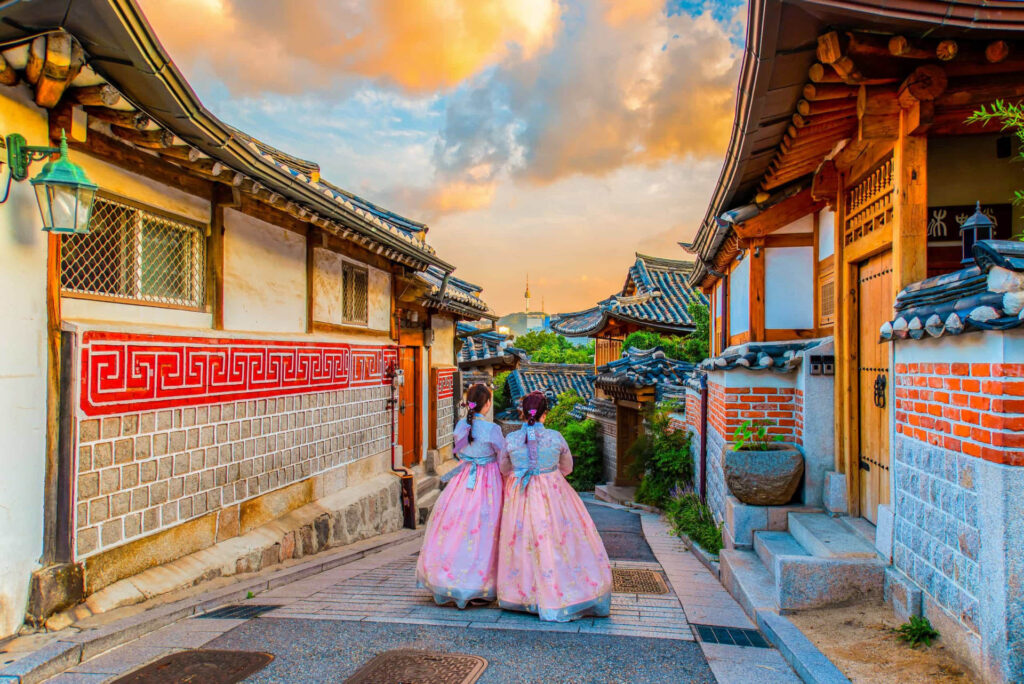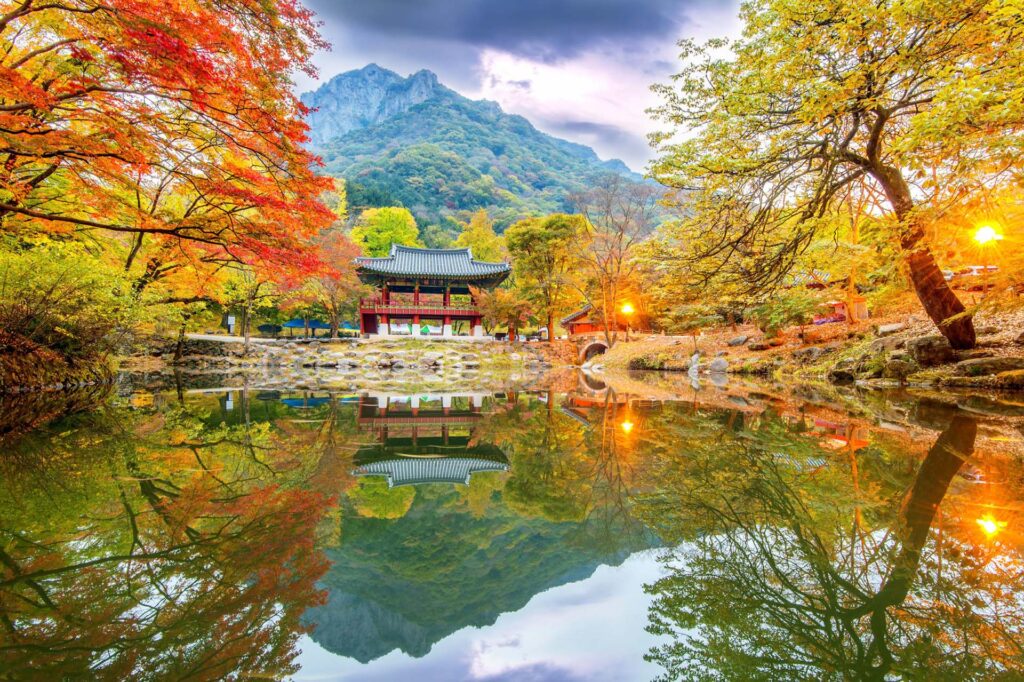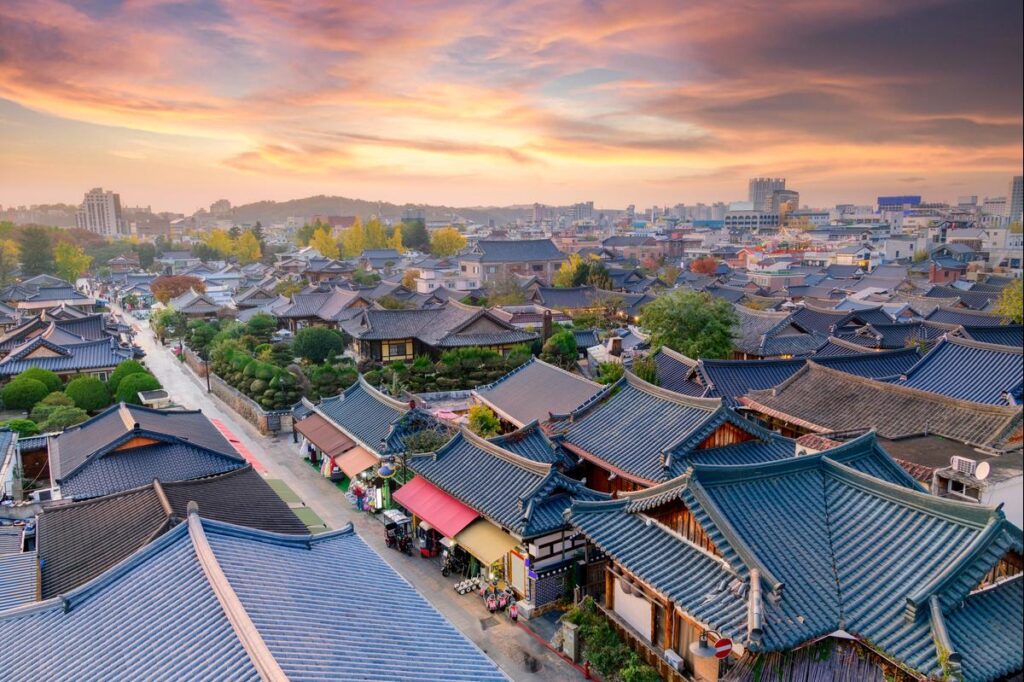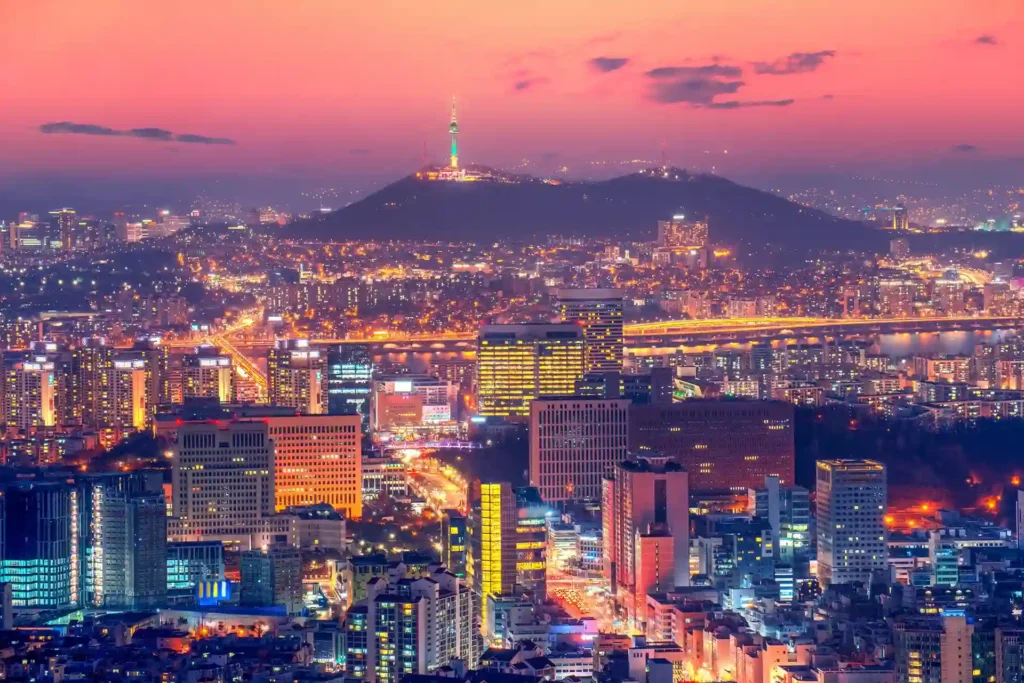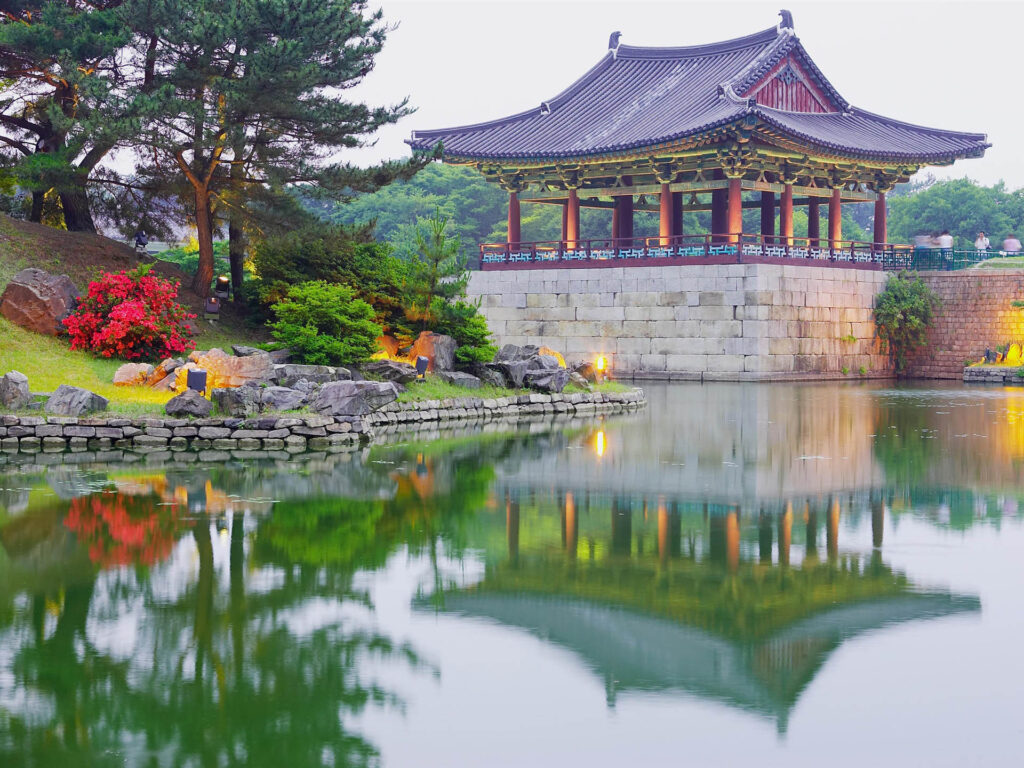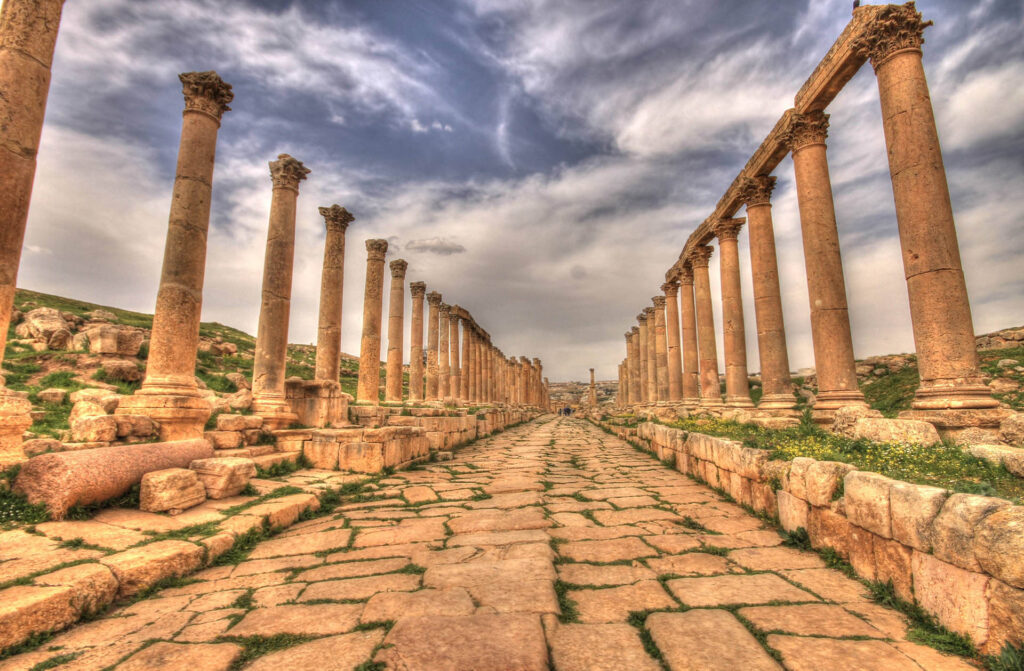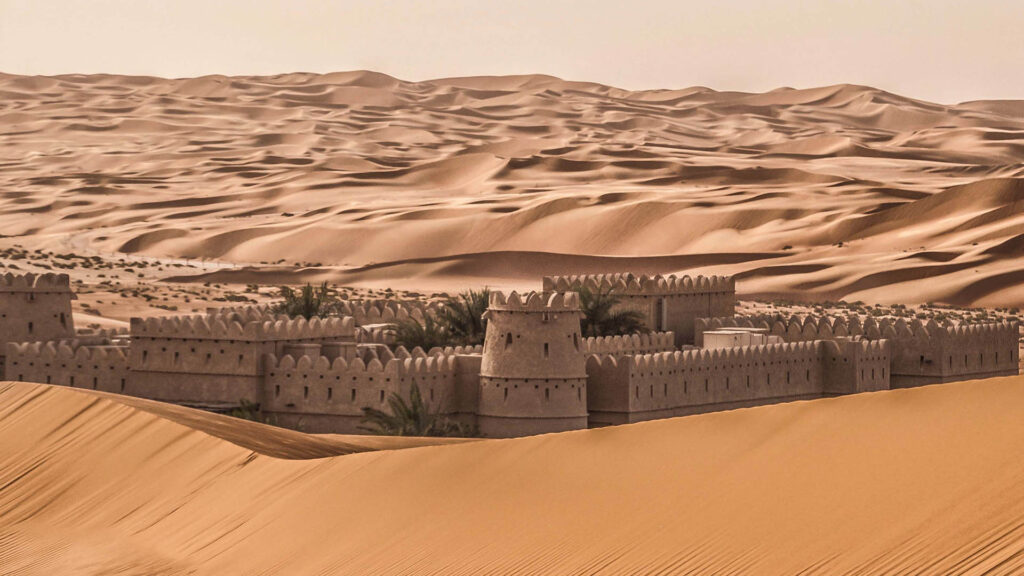The Forbidden City, also known as the Imperial Palace, is located in the heart of Beijing, China. For almost 500 years, from 1420 to 1912, it served as the home of the Emperor and his household, and the ceremonial and political center of Chinese government. this amazing castle is a vast complex of 980 buildings covering 180 acres, making it the largest palace complex in the world. As the residence of the emperors for the Ming and Qing dynasties, it showcases the highest accomplishments in traditional Chinese art and architecture. A visit to the Forbidden City offers a glimpse into the extraordinarily rich history and culture of imperial China.
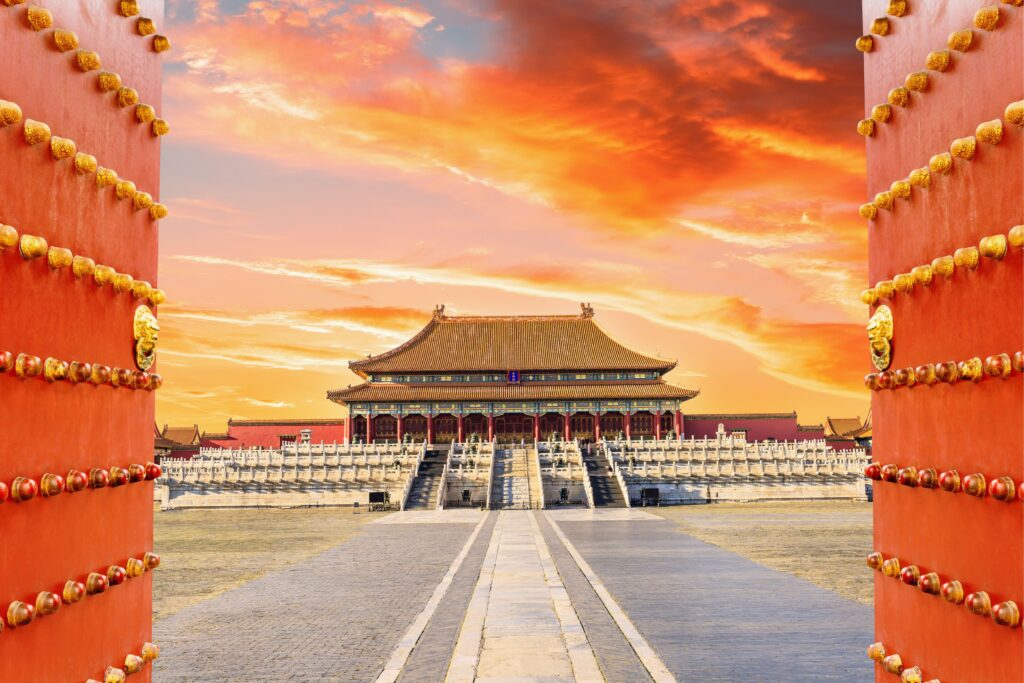
The Layout and Design of the Forbidden City
This amazing castle is surrounded by a moat and a high wall, with watchtowers at each corner. The rectangular palace complex is divided into two halves. The southern half, or the Outer Court, was where the emperor exercised his supreme power over the nation. The northern half, or the Inner Court, was where he lived with his family. The Outer Court contains offices and ceremonial halls, while the Inner Court contains palaces and gardens.
The main entrance to the Forbidden City is the Meridian Gate to the south, which leads to a great courtyard and then the Outer Court. The Inner Court is accessed through the Gate of Heavenly Purity. The layout of the Forbidden City was based on strict hierarchical principles and symmetry. The further one went into the complex, the higher the significance of the buildings and courtyards. At the very center of the Forbidden City stood the Imperial Garden and palace, signifying the supreme authority of the emperor.
This amazing castle has nearly 10,000 rooms in total. Lahge halls and palaces were built on raised, white marble platforms, with golden roofs, red walls, and vermilion pillars. The floors were paved with stones or bricks arranged in ornate patterns. Courtyards between buildings were carefully landscaped with rockeries, walks, trees, and flower beds. Chinese scholars’ rocks from Lake Taihu were particularly prized by the emperors. Statues of lions and mythical creatures stand guard outside important halls. Despite its immense scale and meticulous planning, the Forbidden City harmoniously combines buildings, gardens, and decoration into a majestic whole.

The History of the Forbidden City
The Forbidden City was built under the Ming Dynasty between 1406 and 1420 by the third Ming emperor, Yongle. Beijing was chosen as the new capital over the former Nanjing, and plans for an imperial palace to reflect heavenly authority were drawn up. A force said to number over a million laborers constructed the Forbidden City in only 15 years. Materials and craftsmen were gathered from all over China. Upon its completion, Emperor Yongle moved his seat from Nanjing and took up residence in the new capital of Beijing.
After the fall of the Ming Dynasty in 1644, the succeeding Qing Dynasty under Manchu rule continued to use the Forbidden City. From 1420 until 1912 when China became a republic, the Forbidden City served as the home of 24 emperors – 14 from the Ming Dynasty and 10 from the Qing Dynasty. It was the political and ceremonial heart of the country for nearly 500 years. However, armed conflict and neglect damaged many of the ancient structures over time.
After the abdication of Puyi, the last emperor of China, in 1912, the Forbidden City became a museum open to the public. Extensive restorations have returned many buildings and artifacts to their former glory. In 1987, the Forbidden City was designated a UNESCO World Heritage Site for its significant historical and cultural value. Now one of China’s top tourist attractions, the Forbidden City sees over 16 million visitors every year.
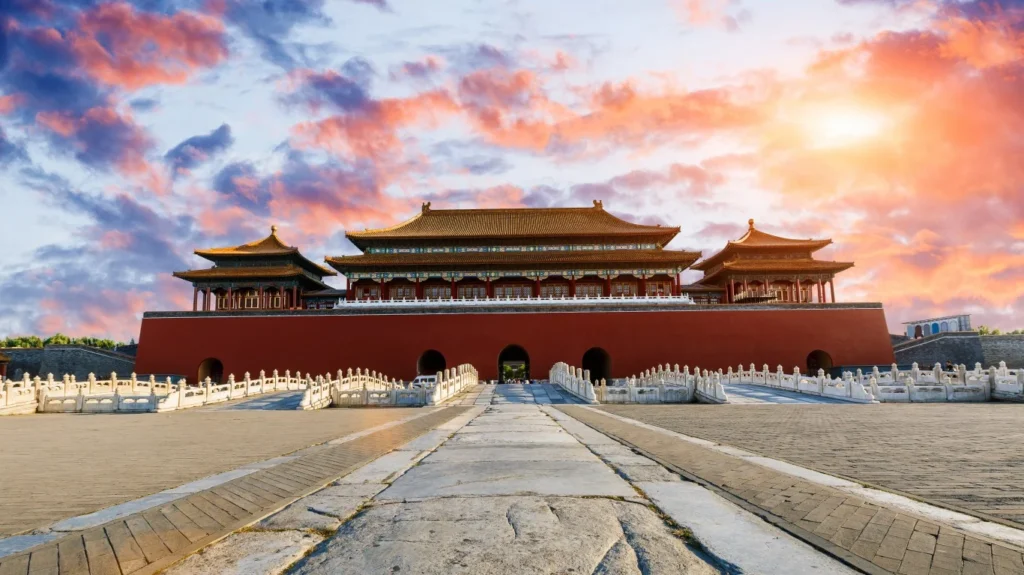
Key Structures and Sights of the Forbidden City
This amazing castle contains hundreds of impressive structures worthy of admiration. Here are some key structures and sights not to miss on a visit:
The Meridian Gate
The Meridian Gate, named because it faces true south, provides the grand front entrance to the Forbidden City. This imposing gate has five arches and two corner towers with double roofs. Above the central entrance stands a giant portrait of Mao Zedong.
The Golden Water River
The Golden Water River is a sprawling canal running through the Forbidden City. The river incorporates tiny islands connected by decorative marble bridges. A sightseeing barge offers visitors boat rides along the scenic waterway.

The Hall of Supreme Harmony
This was the grandest building in the Forbidden City, used for grand ceremonies and the highest-level government meetings. Built upon the tallest of the three-tiered marble terraces, the Hall of Supreme Harmony has the most elaborate roof with over 430,000 glazed tiles.
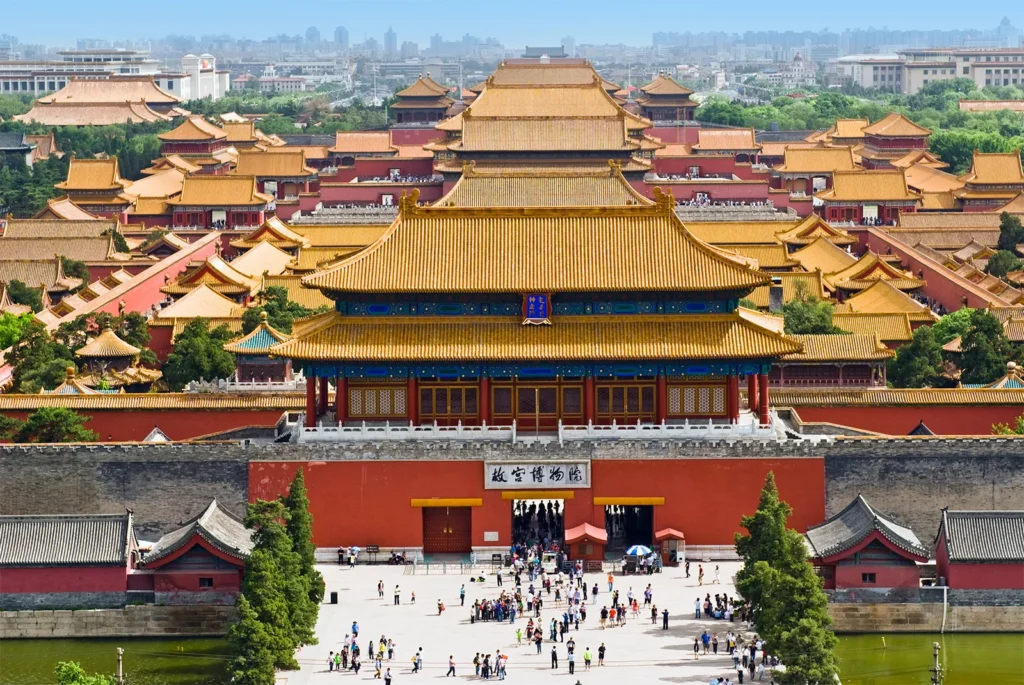
The Imperial Garden
At the very back of the Forbidden City sat this Classical Chinese garden for the emperor’s private enjoyment. It contains rockeries, pavilions, walkways, and a large artificial hill made from the earth excavated to form the Forbidden City’s moats.
The Palace of Heavenly Purity
This large palace was the actual living quarters of the emperor and empress. The Palace of Heavenly Purity has over 30 different rooms including bedrooms, a theatre, and a library.
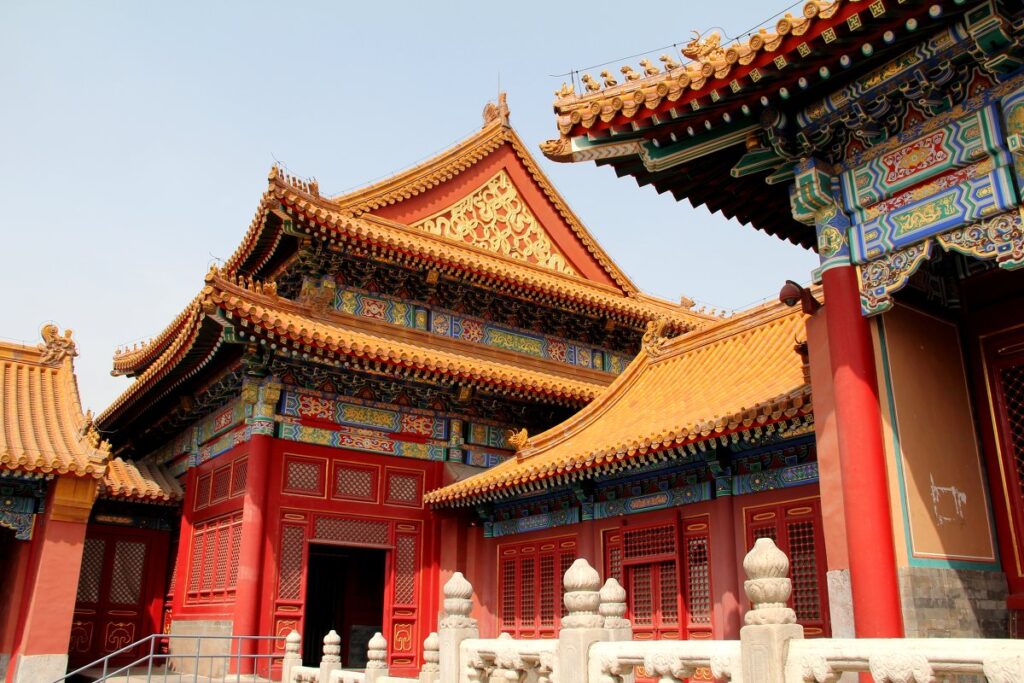
The Gate of Divine Prowess
The northern exit from the Forbidden City is through the Gate of Divine Prowess which has a double-eaved gabled roof. Past this gate lies Jingshan Park, an imperial park covering an artificial hill made from the soil excavated for the moats.
The Forbidden City is an architectural marvel filled with history and treasures beyond just these few. Exploring its sprawling grounds and magnificent structures is an unforgettable experience. A knowledgeable guide can help you navigate and appreciate all of the must-see sights. Visiting the Forbidden City offers an incredible look into the lavish lifestyle enjoyed by China’s rulers and the incredible skill of its traditional builders and craftsmen.

